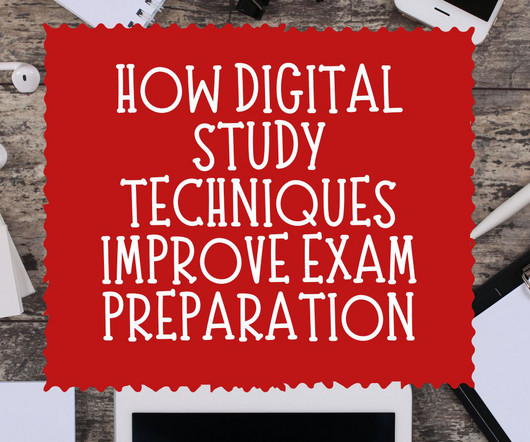Improving Accessibility Often Falls to Faculty. Here’s What They Can Do.
Edsurge
APRIL 27, 2018
But because she is legally blind, she had an added challenge of not being able to see the diagrams and notes projected in the lecture hall or assigned for homework. There’s good news for those who don’t know where to start or are weary of having to redo their entire syllabus or curriculum.












Let's personalize your content